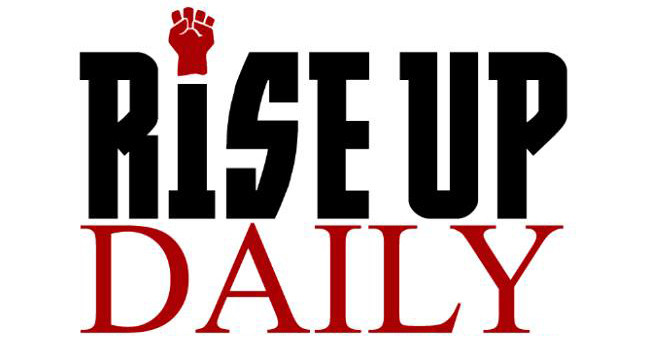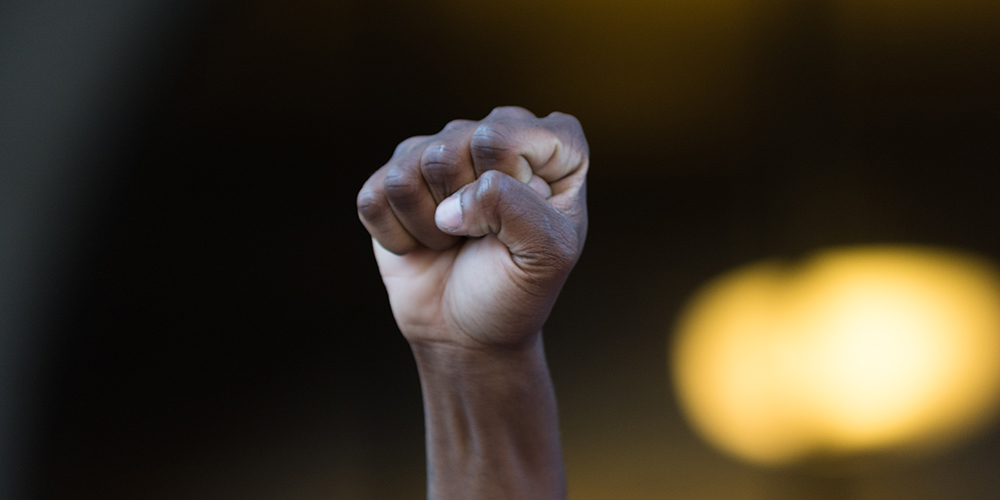We all know the news. The problem is how we react to it. This piece does not intend to generalize or make assumptions based on a rushed observation. It is written because of how life feels under the heavy, numbing, biased, calculated, designed bombardment of media, mediocre—at its best—journalism, and what they have done to the minds of the collective.
The questions we ask don’t do any good when we have already been conditioned to watch a person get attacked and die, because it has been decided for us to see it—and just get used to it. We call it horrifying, but like horror slasher movies we still watch as if it is fiction. Have we accepted it as the normal for a certain group of people?
We have learned to say race is a non-issue without even thinking (since it feels right or it is glazed over with the poison of misunderstood political correctness), but racism gets ignored. Some of us will even ask each other if we are overreacting to it. No! Angry social media posts are reactions that reflect thoughts and feelings, but the claws of the media are so deep inside minds and so strong because the concept of race is far beyond our control if all we do is react to it.
Four hundred years of institutional racism is a fact and a part of history, and to deal with it today in the dawn of a new millennium is not only harrowing but very much dystopian. Slave plantations chained blacks to servitude and elevated whites to liberty and branded blacks as less than human. Even the 13th amendment that abolished slavery (Neither slavery nor involuntary servitude, shall exist within the United States, or any place subject to their jurisdiction) has a section that creates a legal exception (except as a punishment for crime whereof the party shall have been duly convicted). Blackness defined by criminality began right there after the civil war and continued through to Jim Crow laws that again are anti-black—enforcing segregation by defining a group of people as a certain race—already dehumanized in the collective minds. When the media starts injecting mass-produced images to viewers of black ghettos that already exist—and they’re not even an urban space—they become but another institution (along with legal, economic, political, and educational) that marginalize and segregate Black Americans. And then prisons become the institution that as a result, are filled with a group of people based on the created concept of race which doesn’t exist.
And now the media dictates what we watch and listen to and read as an extension of those institutions’ behavior towards Black Americans and renews and reproduces racism to make sure our normalcy is infected by it. We can insist that race doesn’t exist, but the intertwined and seamless relationship among racist institutions have created it and the habits that decide how we interact with each other. And the media makes sure criminality and marginality stay associated with a certain color of skin, even if race doesn’t exist and despite our angry reactions.
How hard is it to ask questions and not have any answers? To doubt, to challenge and to see beyond the images and the news and justifications that explain the obvious with engineered language to cover the ugliness of what’s going on? How easy is it to get numb and forget? Or just be full of rage and dream of a revolution at other people’s expense? How many portraits need to be added to the wall of shame to shame all of us because we have become avatars with opinions? Who defines us by color and class and who benefits from it? Point the finger towards nobody else. This is not Arthur Miller’s The Crucible we live in. Or is it?!



